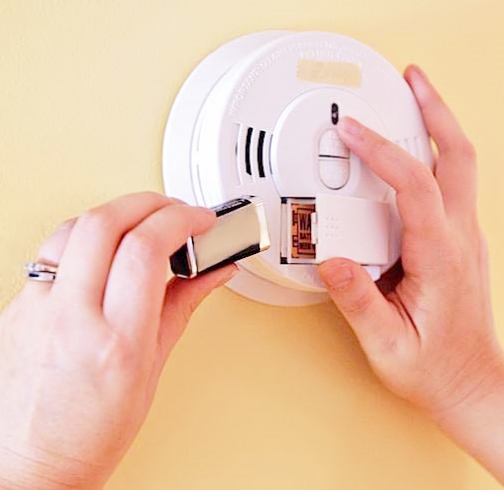
Every year, thousands of Americans are victims of carbon monoxide poisoning, requiring hospitilzation and sometimes even dying as a result. Carbon monoxide is a colorless, odorless, tasteless – and toxic – gas. Many household appliances produce this toxic gas(link is external) at harmless levels, such as gas stoves or ovens. However, when these appliances are damaged or defective, or simply installed improperly, carbon monoxide can build up to hazardous and potentially deadly levels.
High concentrations of carbon monoxide in the home can lead to carbon monoxide poisoning and death. At low levels of exposure, carbon monoxide’s effects can mimic the flu: headaches, dizziness, disorientation, nausea, and fatigue. However, the EPA warns that the effects of exposure can vary(link is external) greatly from person to person depending on age, overall health, and the concentration and length of exposure.
Carbon monoxide build-up in a home can be caused by any of the following:
- Unvented kerosene and gas space heaters
- Leaking chimneys and furnaces
- Back-drafting from furnaces, gas water heaters, wood stoves, and fireplaces
- Gas stoves
- Generators and other gasoline-powered equipment
- Automobile exhaust from attached garages or leaking through windows
California Law Requires Detectors
The California Carbon Monoxide Poisoning Prevention Act of 2010 (California Health & Safety Code Section 13260 and following) became law on January 1, 2011. Every home or dwelling “intended for human occupancy” is required to have carbon monoxide detectors installed if the home has any of the following:
- Fossil fuel burning heater or appliance (such as a gas stove or gas-powered water heater) OR
- Fireplace OR
- Attached garage (Health & Safety Code Section 17926(a)(link is external))
New homes with such features, existing single-family homes, and all other types of dwellings–including condominiums, townhomes, duplexes, and similar dwellings–must have carbon monoxide detectors installed.
| ✔ | Emit an audible, distinct alarm, clearly distinguishable from the sound made by a smoke alarm |
| ✔ | Be a plug-in device (with a secondary battery back-up) or hard-wired into the home (with a secondary battery back-up) |
| ✔ | Certified with American National Standards Institute (ANSI) and UL (a safety-certifying company) |
| ✔ | Approved by the State Fire Marshall |
HOA’s Role in Carbon Monoxide Detectors
While HOAs are not necessarily responsible for these detectors, your association may wish to take on the responsibility of installing and maintaining carbon monoxide detectors due to the safety concerns surrounding carbon monoxide (it’s considered a hazardous substance(link is external) under California State law). This is especially true in condominium, townhome, and duplex developments where smoke and gases can easily move across unit and common area boundaries.
Even though carbon monoxide detectors are wholly located within units (which, under most HOA governing documents, make them the sole responsibility of the homeowner(link is external)), it is possible for associations to assume maintenance of these items. The board of directors may wish to consult with their legal counsel to determine if there is existing language in their governing documents that authorizes the HOA to take over maintenance of carbon monoxide detectors, or the board may wish to amend their documents(link is external) accordingly.
Lise K. Ström is a former attorney from private practice, specializing in legal services to residential, mixed-use, and commercial community associations.